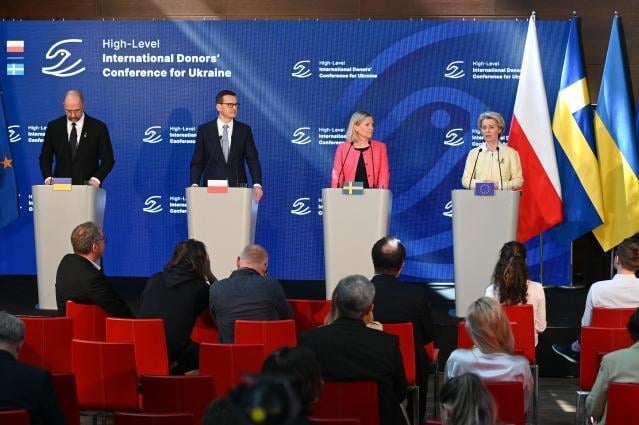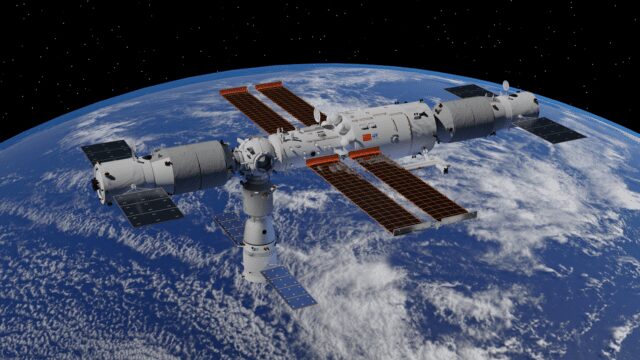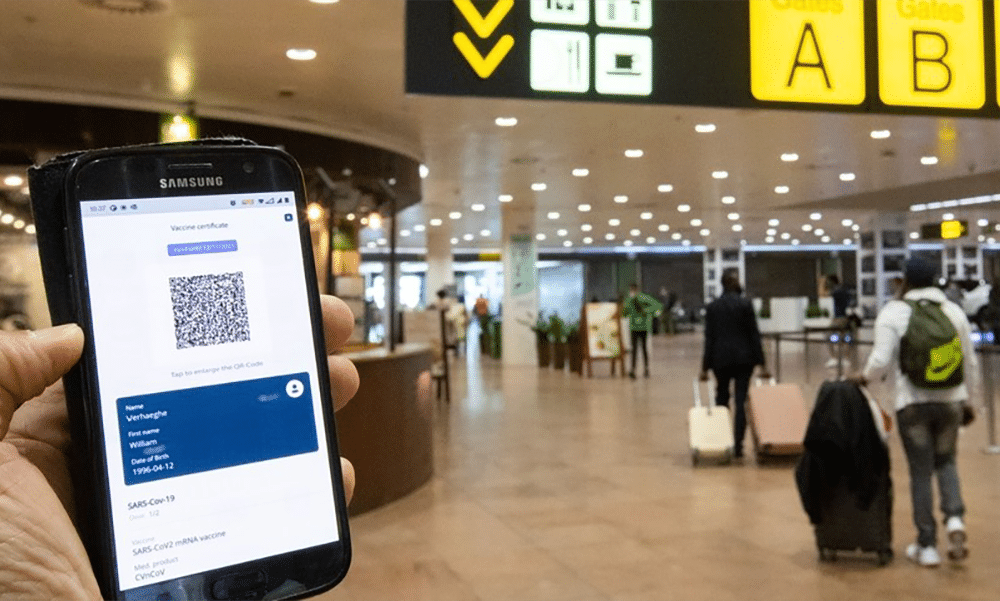This World Hand Hygiene Day, we interviewed Ana Paola Coutinho Rehse, Technical Officer for Infectious Disease Prevention and Control at WHO/Europe, to find out about the importance of hand hygiene and what the campaign hopes to achieve.
In our daily lives, we do so much with our hands. They are tools for creativity and for expressing ourselves, and a means for providing care and doing good. But hands can also be centres for germs and can easily spread infectious diseases to others – including vulnerable patients being treated in health facilities.
1. Why is hand hygiene important?
Hand hygiene is a key protective measure against infectious diseases and helps prevent further transmission. As we have seen recently, hand cleaning is at the heart of our emergency responses to many infectious diseases, such as COVID-19 and hepatitis, and it continues to be a vital tool for infection prevention and control (IPC) everywhere.
Even now, during the Ukraine war, good hygiene, including hand hygiene, is proving vital for the safe care of refugees and the treatment of those that have been injured in the war. Maintaining good hand hygiene therefore needs to be part of all our routines, at all times.
2. Can you tell us about the theme for this year’s World Hand Hygiene Day?
WHO has been promoting World Hand Hygiene Day since 2009. This year, the theme is “Unite for safety: clean your hands”, and it encourages health-care facilities to develop quality and safety climates or cultures that value hand hygiene and IPC. It recognizes that people at all levels in these organizations have a role to play in working together to influence this culture, through spreading knowledge, leading by example and supporting clean hand behaviours.
3. Who can take part in this year’s World Hand Hygiene Day campaign?
Anyone is welcome to get involved in the campaign. It is primarily aimed at health workers, but embraces all those who can influence hand hygiene improvement through a culture of safety and quality, such as sector leaders, managers, senior clinical staff, patient organizations, quality and safety managers, IPC practitioners, etc.
4. Why is hand hygiene in health-care facilities so important?
Every year, hundreds of millions of patients are affected by health care-associated infections, leading to the death of 1 in 10 infected patients. Hand hygiene is one of the most critical and proven measures to reduce this avoidable harm. The key message from World Hand Hygiene Day is that people at all levels need to believe in the importance of hand hygiene and IPC to prevent these infections from happening and to save lives.
5. What does a “quality and safety climate that values hand hygiene” look like?
This can mean many different things, but can generally be outlined as efforts that prioritize high compliance with best practices in hand hygiene.
At the institutional level, this should include the allocation of resources for hand hygiene training programmes, supplies and infrastructure; clear messages of support for hand hygiene from leaders within the institution; hand hygiene benchmarks or targets; and hand hygiene champions.
At the individual level, the aim is to ensure that health workers identify hand hygiene as a priority that reflects their commitment to safeguarding the health of their patients. It can also be demonstrated by partnering with patients and patient organizations to co-develop improvement initiatives, and through leading by example as role models. And, of course, hand hygiene should be seen as a core measure that everyone takes for their health protection.
6. How can health facilities demonstrate that they are on track or have achieved such a climate/culture?
Monitoring and then sharing data on hand hygiene compliance with health workers, leaders and the public demonstrates to the whole community that the service is accountable and committed to creating a clean, safe environment that provides quality care. Additionally, health workers should feel assured that they are free to speak out about hand hygiene standards without fear of recrimination, and should also feel actively encouraged to contribute to solutions. A culture of sharing and learning is key to all of this.
7. What are some things that those working in health care can be doing?
Everybody can contribute to a climate of safety and quality:
- Facility managers can ensure adequate facilities are in place to clean hands.
- Health workers can lead by example and encourage others to clean their hands.
- Those in charge of quality and safety in health care can work with IPC focal points to support improvement efforts.
- IPC practitioners can engage health workers to be part of new initiatives.
- Policy-makers can prioritize resources, trainings and programmes on hand hygiene as part of IPC.
- All people who use health care can get involved in local hand hygiene campaigns and activities.
8. How can I find out more about World Hand Hygiene Day?
To find out more, visit the World Hand Hygiene Day webpage below. It includes downloadable posters in different languages for a range of key health-care audiences, as well as videos and other resources that you can use and share. Over 7000 hospitals from across the WHO European Region have registered to take part in this year’s campaign, so you are also very welcome to join us to spread the message of “Unite for safety: clean your hands”.














